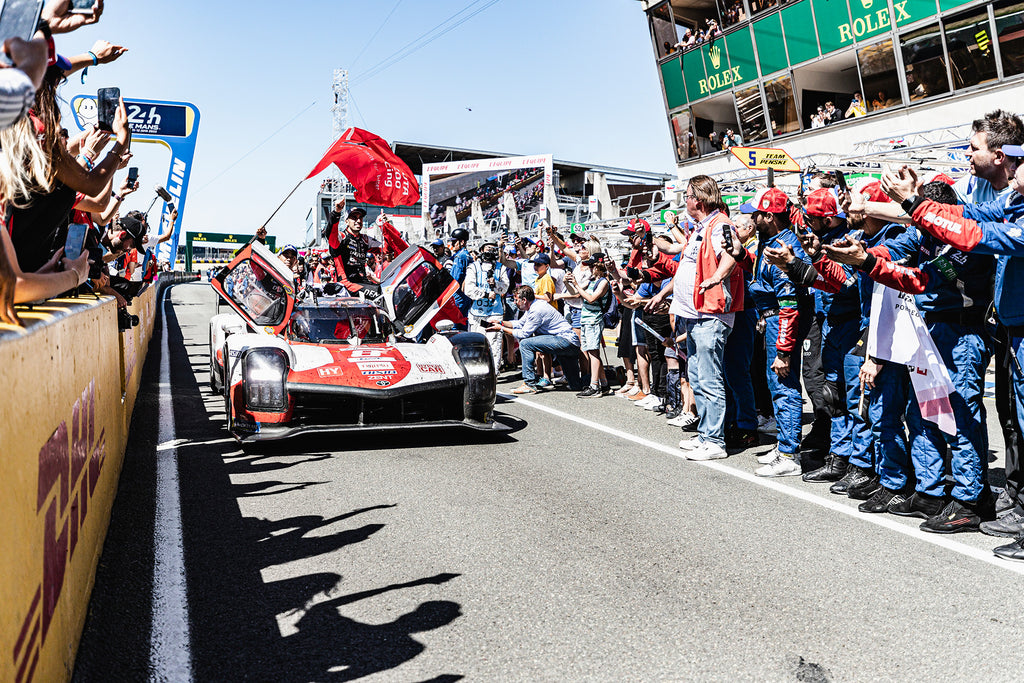WORDS BY ADAM DICKINSON | IMAGES BY ALPINE, PHD PHOTO & FERRARI
Last weekend the Circuit Paul Ricard hosted its fourth race of the 21st century, but the nomadic French Grand Prix could be set to vanish from the season once again if reports are to be believed.
With Las Vegas and Qatar set to join the Formula 1 circus, some circuits need to be dropped and the rumoured arrival of a South African Grand Prix adds further pressure.
Something has to give and the French Grand Prix is one of the weakest links, and there’s even reports of the race alternating with Spa-Francorchamps, as was the case with the German for seven years ending in 2014.
Whilst France really is racing history personified, that outcome would be even more catastrophic.

Spa is one of four remaining tracks from the first world championship in 1950 and alongside Silverstone, Monaco and Monza brings a link to the past that can’t be bought or replaced, as well as consistently producing great races.
But there’s a wider point here that goes beyond singular tracks dropping away. Brick-by-brick, the rich vein of heritage that helps make F1 special is being hollowed out, and most worryingly, there doesn’t seem to be an end in sight.
Go back through the annals of any major sport and its spiritual homes quickly become clear.
The Boxing Day Test at the MCG, actual boxing nights at Madison Square Garden, Grand Slam winning exploits on Centre Court, mythical yellow-tinted ascents of Alpe d’Huez or Mont Ventoux, snow games at Lambeau Field recreating Dante’s ninth circle of hell, curse-breaking championships at Fenway Park.
You don’t even have to leave motor racing - there’s a reason the Indy 500 and Le Mans are the only races most casual sports fans know about IndyCar or WEC (sacrilegious to say maybe, but true).

All the venues are effectively cathedrals and are older than some real, consecrated ones. They’re the images people conjure when thinking of their respective sports, and the 1950 quartet frame of that romantic vision of F1.
But now nothing is safe when the simple maths is that F1 has 25 calendar spots, and a lot more than 25 tracks that are either worthy or wealthy enough to host a Grand Prix.
10 circuits on long-term contracts beyond 2030 years - all in North America and the Middle East apart from Albert Park.
Alongside those, Imola, Interlagos, Shanghai, Las Vegas, CotA, Barcelona and the Hungaroring all have at least three more races left to run, so aren’t in immediate danger but will come under threat in the second half of the 2020s.

That leaves eight to choose from Spa, Silverstone, Monaco, Monza, France, Zandvoort, Austria, Mexico City, Suzuka and Kylami - the last three crucial for F1’s reach if it’s to consider itself a global championship.
That’s already with fan favourites Hockenheim, Sepang and Istanbul Park leaving the calendar in the last ten years - it’s becoming more and more unlikely that they’ll ever return and though many still live in hope, that’s becoming increasingly unrequited.
And it could be worse - the loss of the Russian Grand Prix has already given an unexpected free spot to one of the more popular tracks.
France shouldn’t just be a pushover. It’s the home of Grand Prix racing, hosted the first race of F1’s inaugural season, has produced the fourth-most race winners in history and one of the sport’s greatest champions.
In more recent times, it’s easy to argue l’Hexagon was the biggest talent F1 factory of the 2010s.
Two of the latest four first-time Grand Prix winners sport the tricolour, and Jules Bianchi would’ve likely joined that group, while Charles Leclerc came up through the system and is the pick of the bunch.

Alone and without a great track, that’s probably not enough to deserve a place on the calendar. It’s produced two straightforward victory parades for Lewis Hamilton and even a second entertaining race in two years would struggle to waft away that staleness around the event.
But that it’s having to choose between heritage that’s woven into the very fabric of the sport, or an entertainment machine like the Red Bull Ring that’s the problem, especially when F1’s returning to soulless snorefest generators year-on-year.
The Miami Grand Prix failed to ignite this season (though its dehydrated ‘marina’ would’ve offered little opposition if it had), Qatar had a very dull debut in 2021 and the new Abu Dhabi track layout is still pretty unproven.
Surely F1 doesn’t need all of them.

Again, this isn’t to say that Paul Ricard has to stay. If it were announced last weekend’s Grand Prix will be the last staged there, not many would mourn it. Sunday’s race would be the ending of a chapter of a very thin book that nobody enjoyed reading.
But its passing would be the biggest alarm bell yet. This has to be a line in the sand for F1.
The 1950 quartet need to be renewed into eternity, a limit placed on American and Middle Eastern races for now, and ideally some exciting, existing and proven tracks start to rebalance the calendar.
All whilst keeping that calendar at a manageable length, and racing on all six habitable continents for the first time since 1993.
Over to you, Liberty.
The Pit Stop is a quarterly motorsport magazine providing detailed stories from across the world of motorsport, regardless of the series.
So if you enjoyed this article, then why not begin a subscription today.

